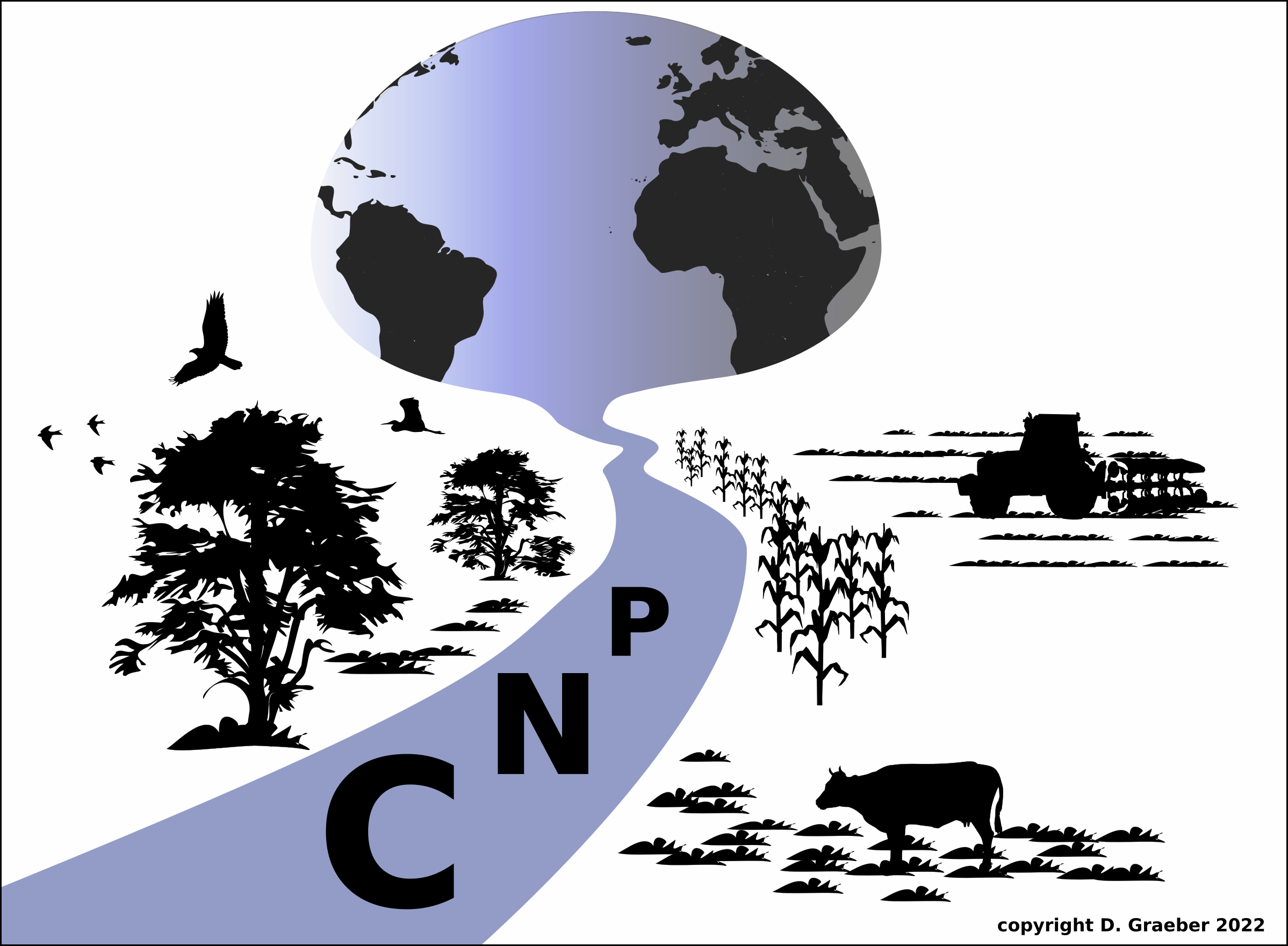Global anthropogenic impacts on macronutrient ratios in freshwaters
Background
Severe anthropogenic impacts on freshwater resources affect the majority of catchments worldwide. These impacts are often related to the excess nitrogen (N) and phosphorous (P) from agricultural and wastewater sources. Besides the problem of elevated concentrations and mass fluxes, the changed ratios of macronutrients N, P and organic carbon (C) are of growing concern. Human-induced stoichiometric imbalances of C:N:P ratios relative to microbial macronutrient processing may link to inefficient natural attenuation in the different compartments along water flow paths. In the preceding TRACER phase we developed a conceptual framework to visualize and assess C:N:P stoichiometric ratios in selected catchments within Germany, using ternary diagrams. Now, we will assess these C:N:P ratios globally and compare this with the German conditions.
Objectives
In the second TRACER phase we want to apply the developed framework to a –global dataset with two major objectives:
- Identify C:N:P ratios along a gradient of anthropogenic impacts.
- Identify archetypal and predictable trajectories of these ratios within long time series.
Guiding hypothesis (matching the objectives)
- At global scale, similar catchment configurations of population structure (People), macronutrient inputs (Loading), macronutrient processing in water treatment (Anthropogenic attenuation) and in soils and fresh waters (Natural attenuation) in similar biomes will result in archetypal, predictable C:N:P ratios in catchment (Basin) export.
- A similar long-term evolution PLAN at basin scale will result in similar long-term trajectories of C:N:P ratios independent of biomes.

Participants (at the synthesis workshop)
